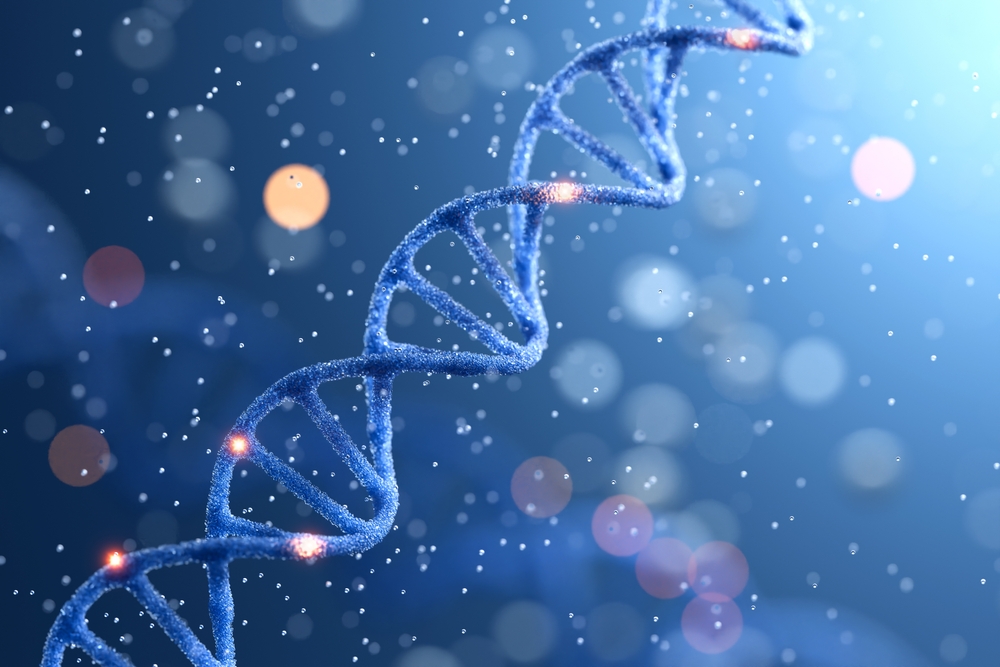Stem cells are the body’s master cells. They hold immense power, potential, and properties. Many today, even those in the medical world, see stem cell research as the future of medical care, thanks to its potential to help so many different diseases, conditions, and injuries.
What are stem cells? They’re a blueprint type of cell. This means they contain the genetic data that lets them become any time of cell in the body, from muscle tissue to even brain cells or nerves. They’re also self-renewing, meaning that one treatment can often be enough to tackle a wide range of issues, from blood cancer to chronic pain.
These combined benefits have made them the go-to focus of many regenerative medicine treatments, but where do stem cells for treatment come from?
So, Where Do Stem Cells for Treatment Come From?
Stem cells are a type of cell that is found in humans from embryonic stage all the way to adult stage. Before we get into which type of cells are used in our stem cell treatments, first we’ll get into the most common types of stem cells and their uses.
Embryonic Stem Cells
The first type of cells on the list are embryonic cells. These are also known as pluripotent cells, which have the ability to become any of the 200+ cells found in the body. This makes them a great choice for regenerative medicine; however getting true embryonic cells requires the destruction of the blastocyst, which would otherwise abort an embryo. This means that this option is not used in treatment, though there are similar types of cells collected from the umbilical cord that are.
Adult Stem Cells
The stem cells researchers and clinics use in stem cell therapies are all from adult stem cells. Now, there are several different ways to get these stem cells. Those found in the bone marrow, fat tissue, and blood are known as multipotent. They can’t become just any type of cell, but collectively they can get the job done. For example:
- Adult stem cells from bone marrow can become different types of blood cells.
- Stem cells from fatty tissue can become bone or cartilage cells.
The most potent of these types of cells come from the umbilical cord just after birth. While technically adult cells, they are the closest to embryonic cells you can get without the need to touch the embryo or infant itself. Instead, cells are taken either from the umbilical cord blood or from the Wharton’s Jelly.
Induced Pluripotent Stem Cells
Another subset of cells researchers are working on is known as induced pluripotent stem cells. This means that scientists use genetic reprogramming to convert adult stem cells back into pluripotent or embryonic cells, once again without touching an actual embryo. If this technology advances further, it’s certain that this type of stem cell, perhaps derived from umbilical cord sources, will become the preferred option of the types of stem cells available.
Where are Stem Cells Sourced?
While there are three main types of stem cells, where these cells are varies.
Bone Marrow
Bone marrow is a key source of stem cells and is used to treat blood cancer. It’s one of the few FDA-approved treatment options, meaning that this source and treatment can potentially be covered by your insurance.
Umbilical Cord Blood
Similarly, umbilical cord blood is another type of stem cell that’s used to help with blood disorders. This is because umbilical cords contain hematopoietic stem cells, which are basically immature blood cells. The reason these are used is because they’re less likely to be rejected. Unlike bone marrow, stem cells from umbilical cords are often sourced from a donor.
Fatty Tissue
There’s also a stem cell called mesenchymal, which is typically derived from tissue fat, which is a stem cell called mesenchymal stem cells. These stem cells from here can be used to help repair muscle cells, cartilage, or even bone, though they are most effective with muscle cells.
Wharton’s Jelly
This is a new source for stem cells, and one that we here at Bioxcellerator use. This type of cell is called Wharton’s Jelly-Derived Mesenchymal Stem Cells (WJ-MSCs). Wharton’s Jelly itself is a gelatinous substance that surrounds the umbilical cord and can be taken just after childbirth with absolutely no danger or injury to the mother or baby. It’s chosen due to how readily available it is, how easy it is to obtain stem cells in large quantities from this source, and how safe it is to secure. These mesenchymal stem cells are then used to treat a large number of conditions, from autoimmune diseases to even chronic pain or sports injuries.
What Are Stem Cell Injections Made Out Of?
So, what are stem cell injections exactly? Now that you know a bit more about the type of stem cells involved, it’s time to put the matter at rest and let you know just what stem cell type is used in stem cell therapies.
The good news is that no true embryonic stem cells are used in injections. Instead, adult stem cells, typically sourced from the umbilical cord, are used instead. These cells are taken from umbilical cord donations and then screened to ensure they are as top-notch as you can get. In the future, induced pluripotent stem cells, probably derived from either the umbilical cord blood or Wharton’s Jelly, will be used instead.
Interested in Stem Cell Injections?
It can put a lot of people at ease to know that brain cells, embryonic cells, or other sensitive tissue is not used in stem cell therapy. It’s also good to know that, thanks to WJ-MSCs and Induced Pluripotent Stem Cells, stem cell therapy is becoming increasingly accessible. Just have a look at the locations we cover, and you can start to see just how widespread and available this treatment option truly is today.
Unfortunately, with the exception of treating bone marrow-related diseases or blood cancers, you cannot get your stem cell therapy covered through insurance. The good news, however, is you can split up the stem cell therapy cost, so if you are hoping for a new treatment option to deal with a chronic and hard-to-treat condition, then book a consultation to see just how effective stem cell therapy can be for you.


